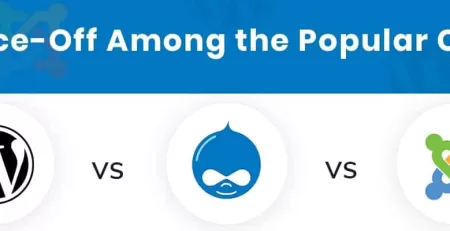Social media advertising has become an integral part of digital marketing, enabling businesses to reach their target audiences with precision and engage users in ways that were once unimaginable. However, as the social media landscape continually evolves, so do the strategies needed to maximize your return on investment (ROI). In this comprehensive guide, we’ll explore the key elements of successful social media advertising and provide strategies to enhance your ROI.
Understanding the Importance of Social Media Advertising
Social media platforms have billions of active users, making them a fertile ground for businesses to connect with potential customers. Here are some compelling reasons why social media advertising is crucial:
- Audience Targeting: Social media platforms allow for precise audience targeting, ensuring your ads reach the right people.
- Engagement and Interactivity: Social media encourages two-way communication, allowing brands to engage with their audience directly.
- Rich Media Options: With a variety of ad formats, from images and videos to carousels and interactive content, social media offers diverse creative opportunities.
- Analytics and Insights: Robust analytics tools help you track ad performance, measure ROI, and make data-driven decisions.
Strategies for Boosting ROI in Social Media Advertising
1. Set Clear Goals and KPIs
To maximize ROI, you must have clear, measurable goals. Common social media advertising goals include increasing website traffic, lead generation, brand awareness, and sales. Define key performance indicators (KPIs) that align with your goals, such as click-through rates (CTR), conversion rates, or cost per acquisition (CPA).
2. Know Your Audience
Understanding your target audience is essential for effective advertising. Create buyer personas and tailor your content to resonate with their interests, pain points, and preferences. Leverage the advanced targeting options available on social platforms to reach your ideal customers.
3. Choose the Right Platforms
Not all social media platforms are suitable for every business. Select platforms that align with your target audience and objectives. For instance, Instagram and Pinterest are image-centric and work well for visual products, while LinkedIn is ideal for B2B marketing.
4. Craft Compelling Ad Creative
Your ad creative should be eye-catching and relevant to your audience. Invest in high-quality visuals and copywriting. Experiment with different ad formats, such as video, carousel ads, and Stories, to see which works best for your audience.
5. Implement A/B Testing
A/B testing involves creating multiple versions of an ad to test different elements like headlines, visuals, and calls to action. Analyze the results to refine your ads for better performance.
6. Optimize Landing Pages
Once users click on your ads, they should be directed to a well-optimized landing page. Ensure that the landing page is consistent with the ad’s message and provides a seamless user experience.
7. Budget Management
Effective budget management is crucial for ROI. Start with a modest budget and gradually scale up as you see positive results. Monitor your ad spend and make adjustments as needed to optimize your budget allocation.
8. Use Remarketing
Remarketing allows you to re-engage with users who have interacted with your brand but haven’t converted. Craft compelling remarketing ads to encourage them to take the next step in the customer journey.
9. Leverage Social Proof
Social proof, such as user reviews, testimonials, and endorsements, can significantly boost trust and conversion rates. Incorporate social proof in your ad campaigns to showcase the credibility and value of your product or service.
10. Track and Analyze Performance
Monitor the performance of your ads using the analytics tools provided by social media platforms. Regularly review your data to identify trends, assess ROI, and make data-driven adjustments to your campaigns.
11. Adapt to Algorithm Changes
Social media algorithms frequently change. Stay updated on these changes and adapt your strategies accordingly. Keep an eye on the latest trends in social media advertising and adjust your campaigns to align with them.
12. Diversify Ad Types and Formats
Social media platforms offer a wide array of ad types and formats. Experiment with different options to keep your campaigns fresh and engaging. Whether it’s video ads, carousel ads, or interactive polls, diversifying your ad content can lead to improved ROI.
Conclusion
Social media advertising has evolved into a dynamic and indispensable component of digital marketing. To achieve a higher ROI and stay competitive in this landscape, it’s crucial to set clear goals, know your audience, choose the right platforms, craft compelling ad creative, implement A/B testing, optimize landing pages, manage your budget effectively, use remarketing, leverage social proof, and continuously track and analyze performance. By following these strategies, your social media advertising efforts will not only drive better results but also establish a strong presence for your brand in the ever-expanding world of social media.












